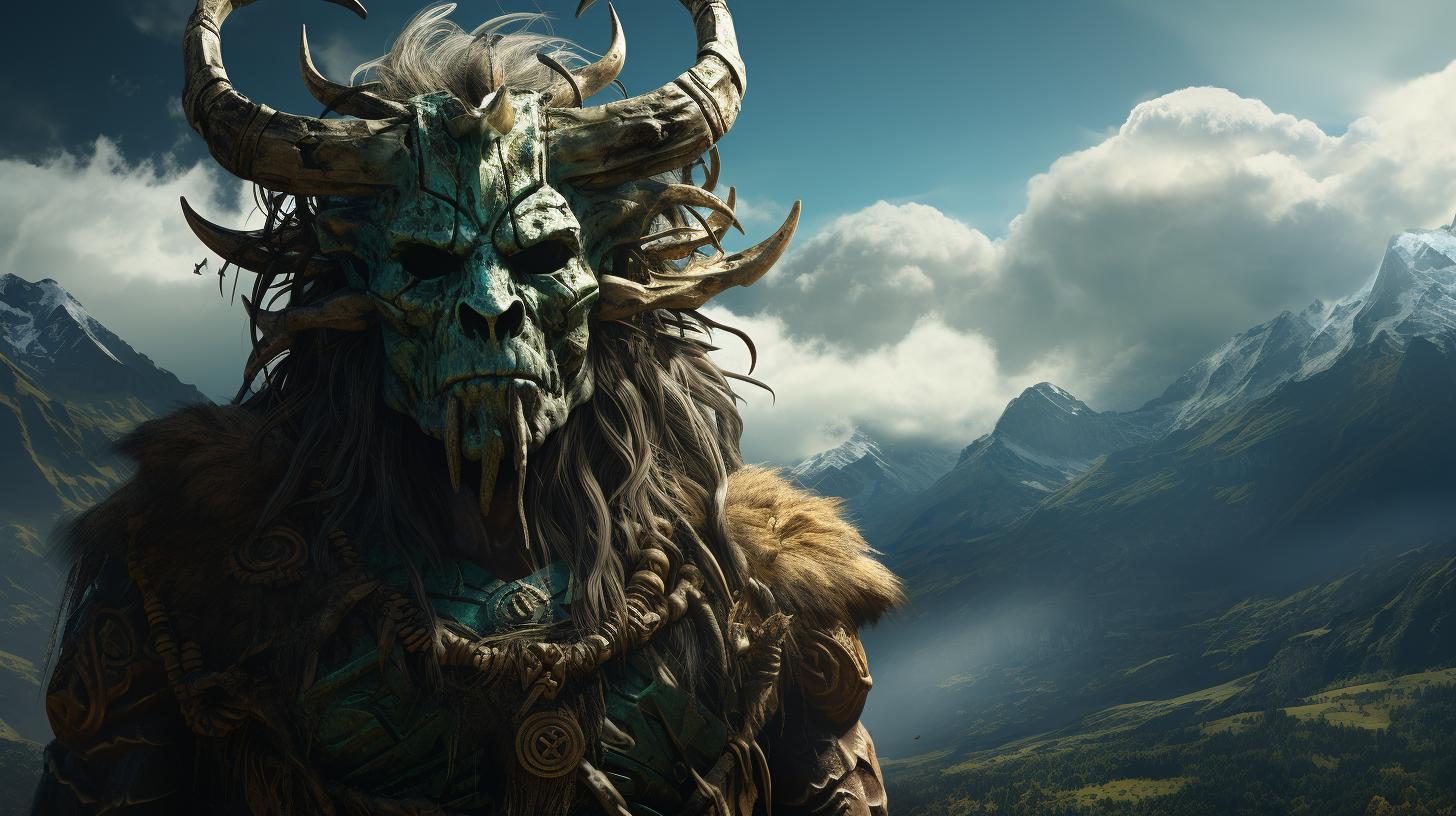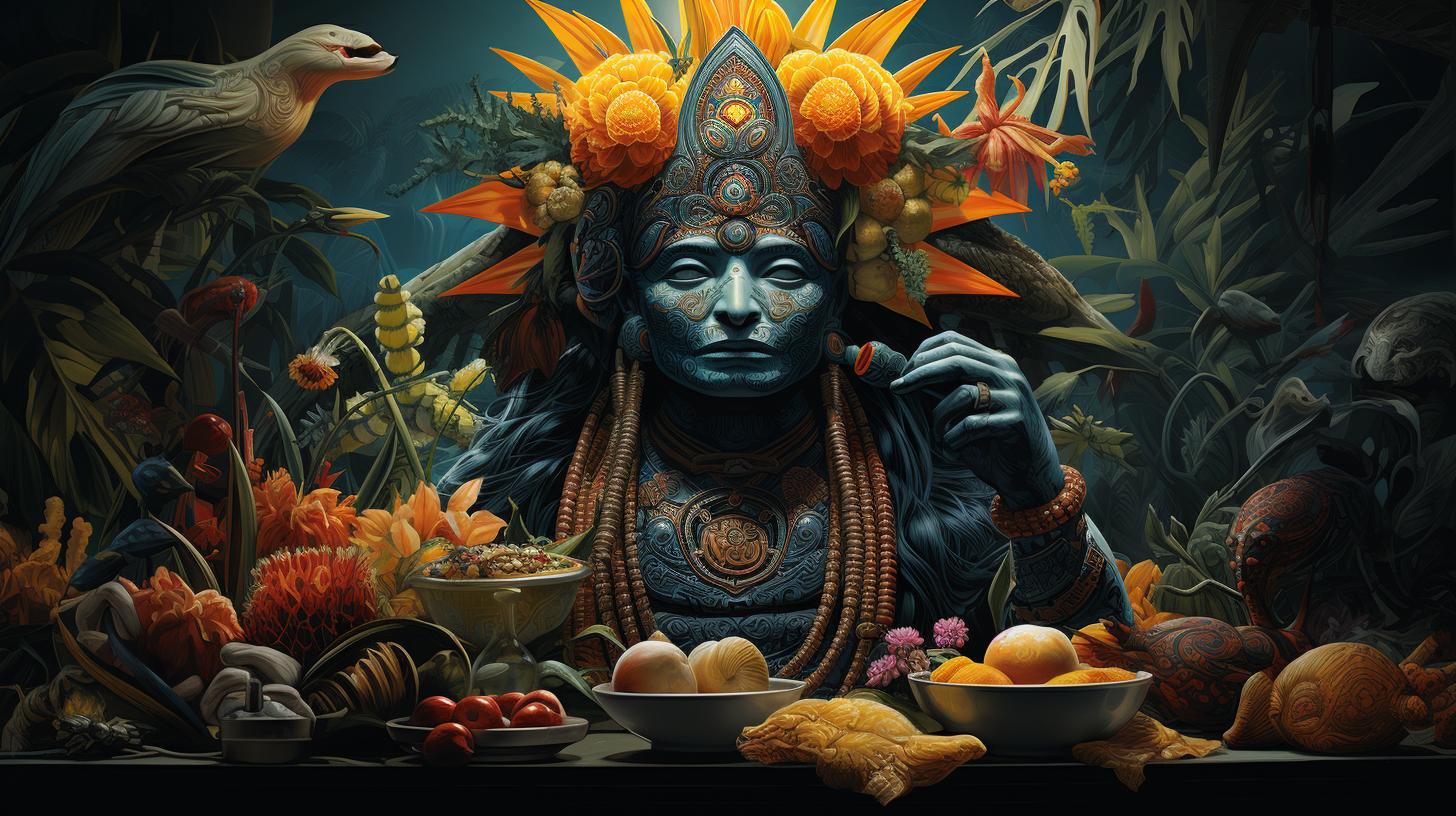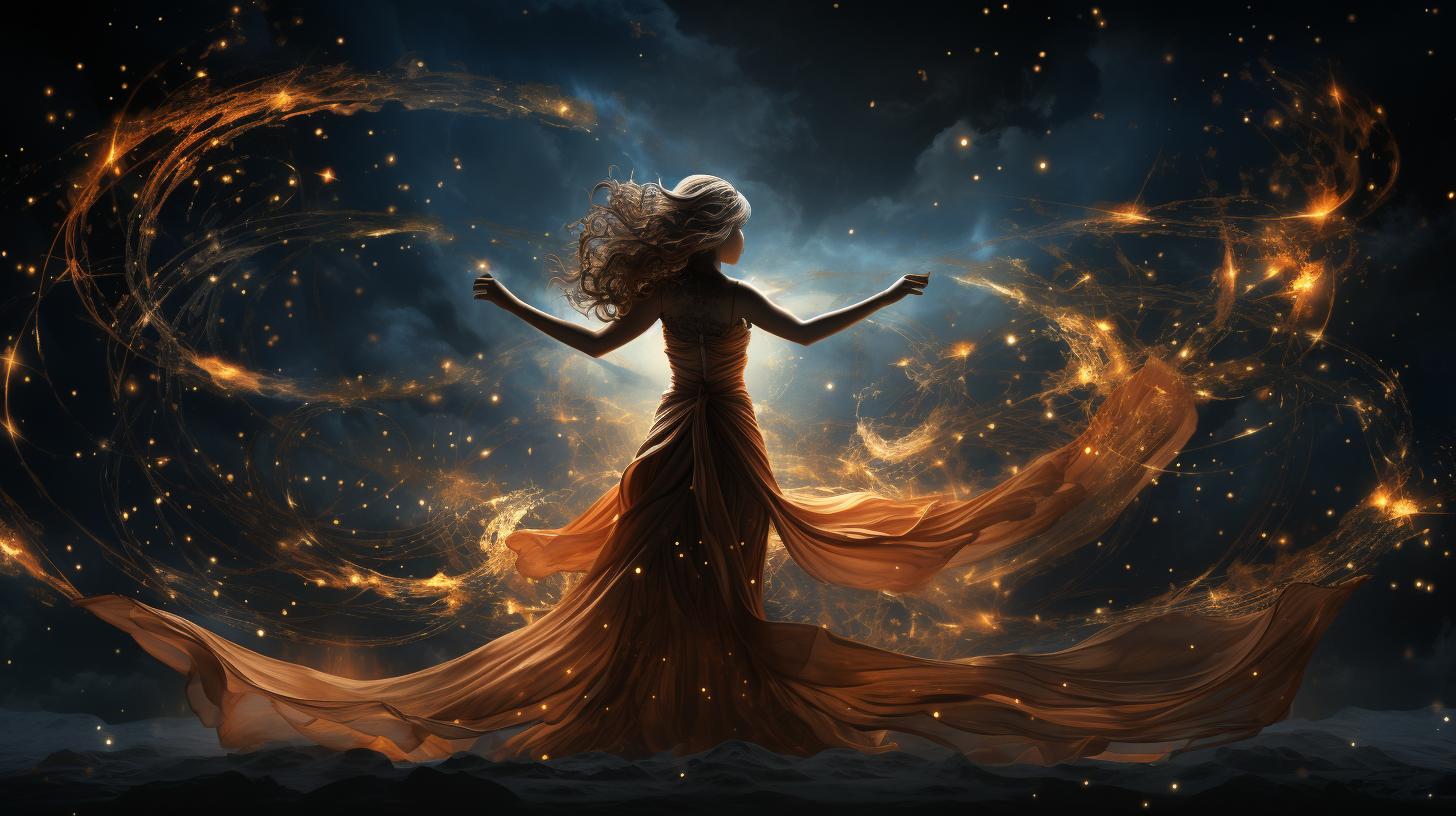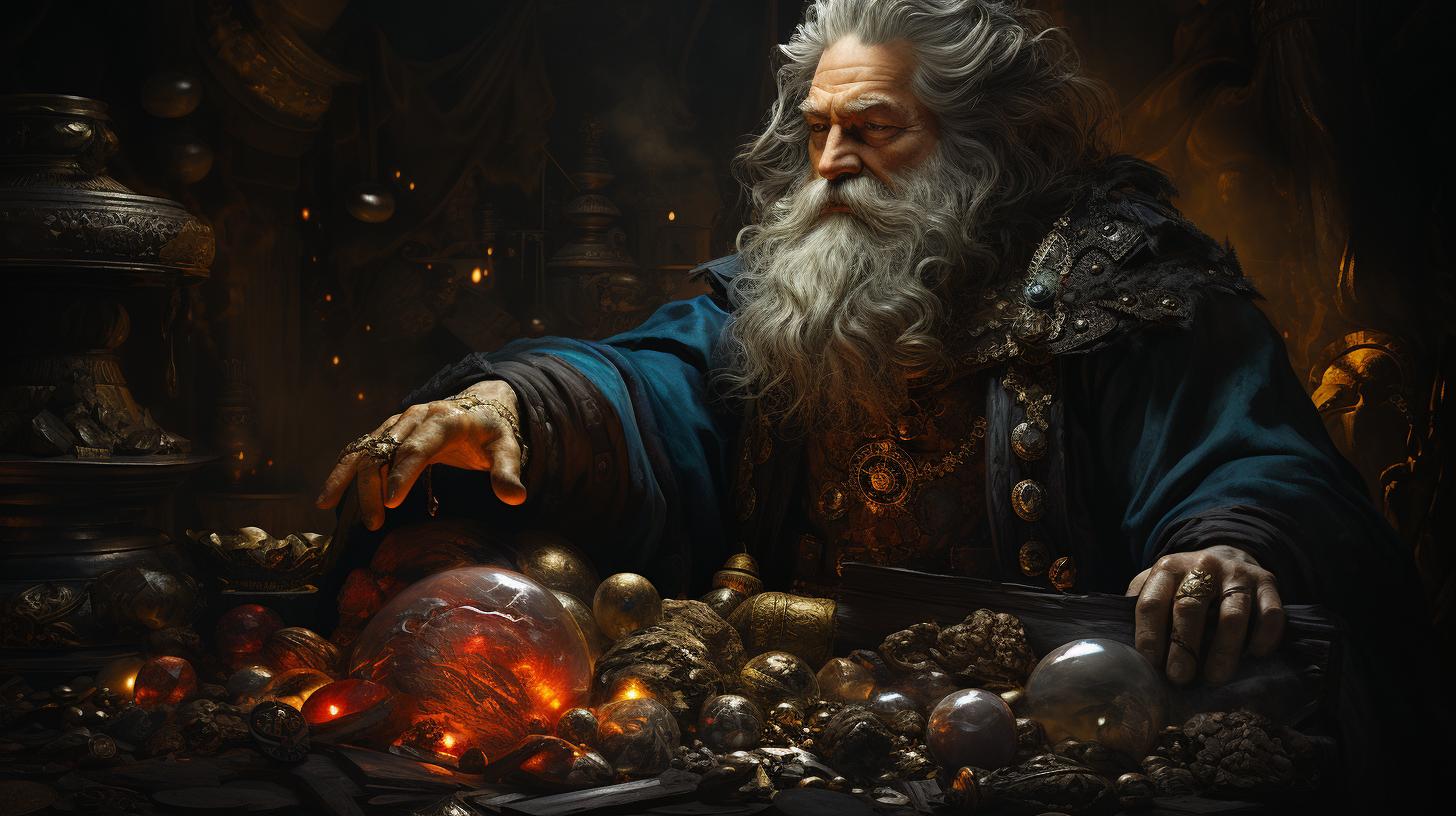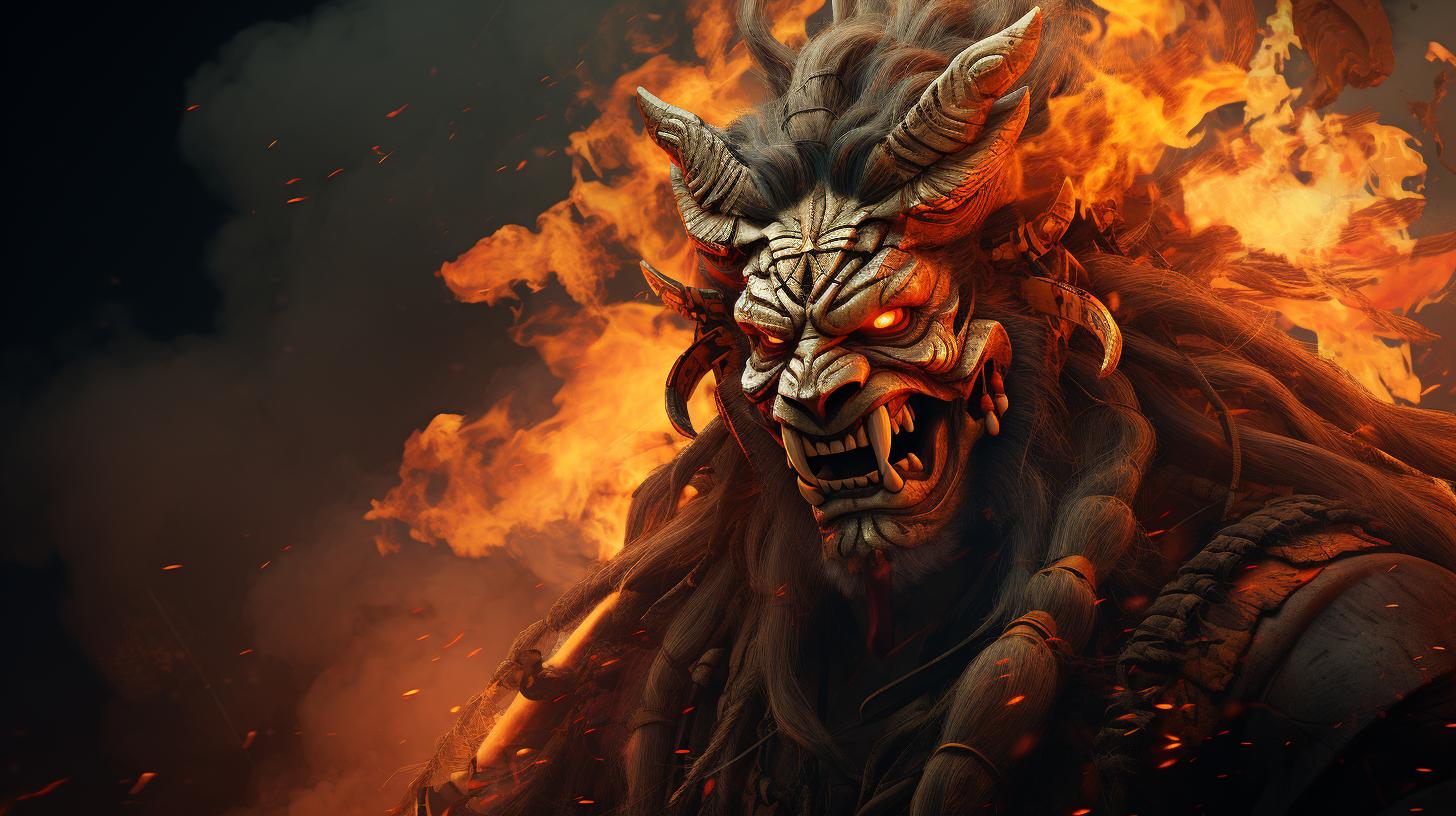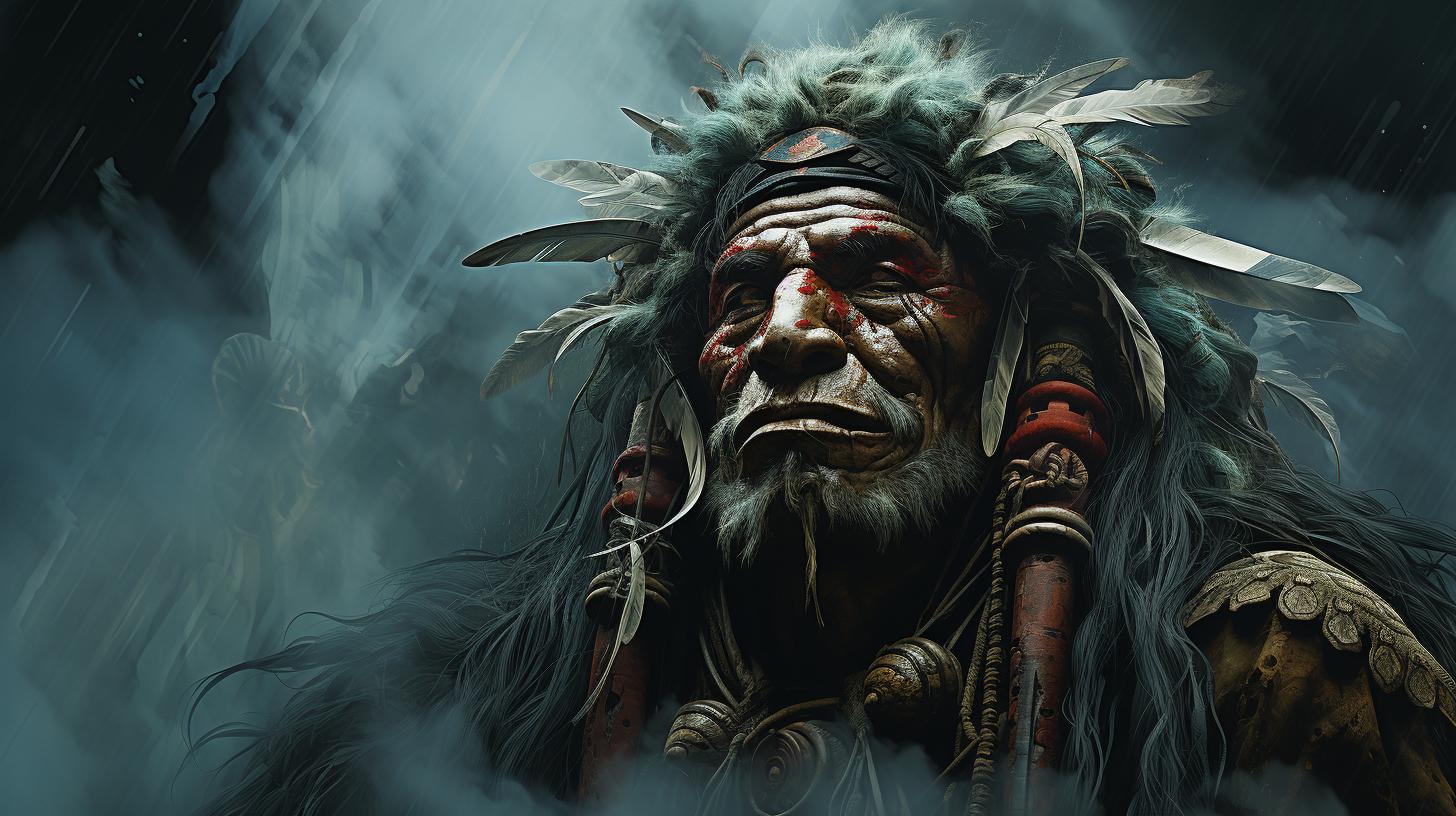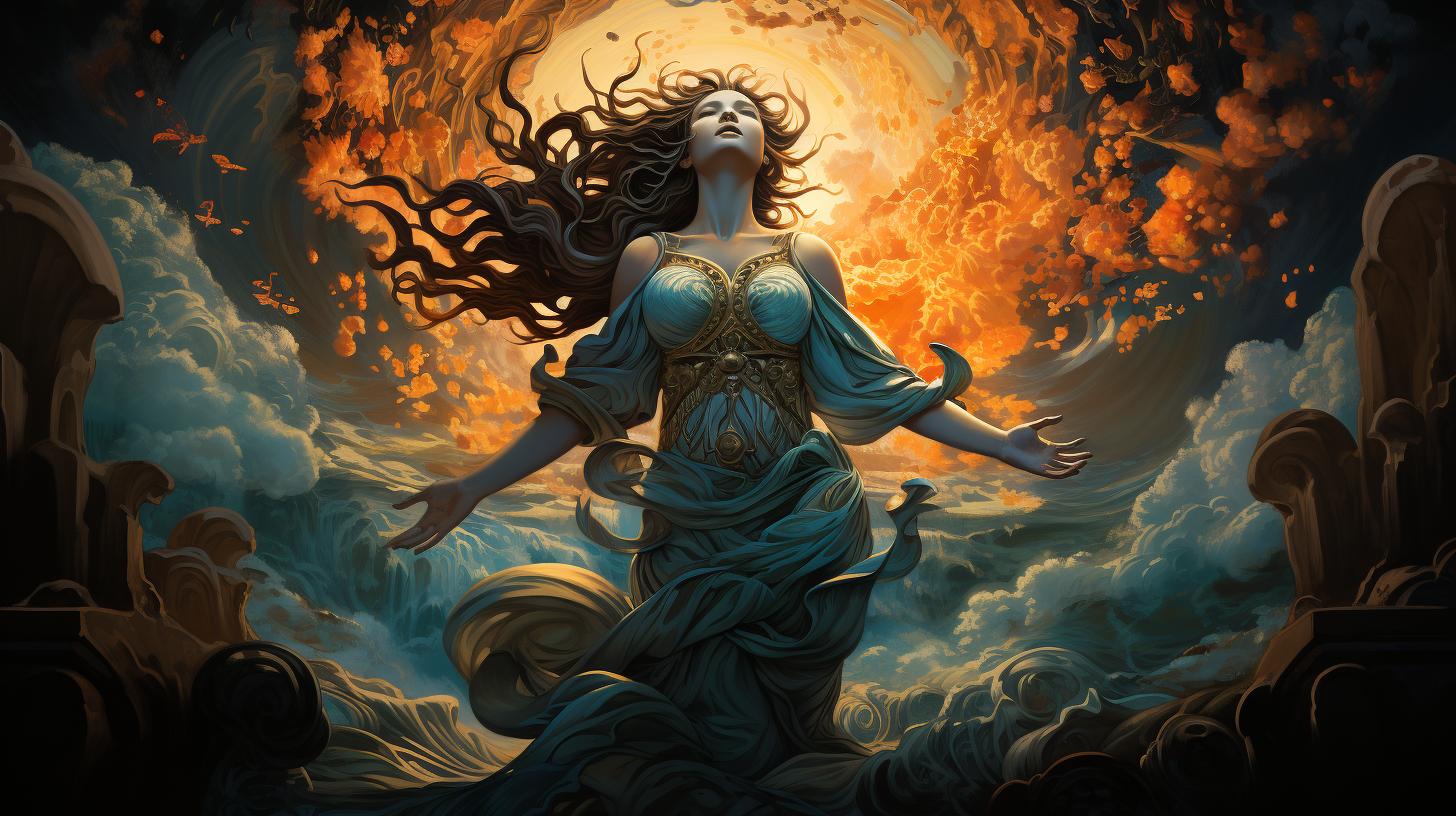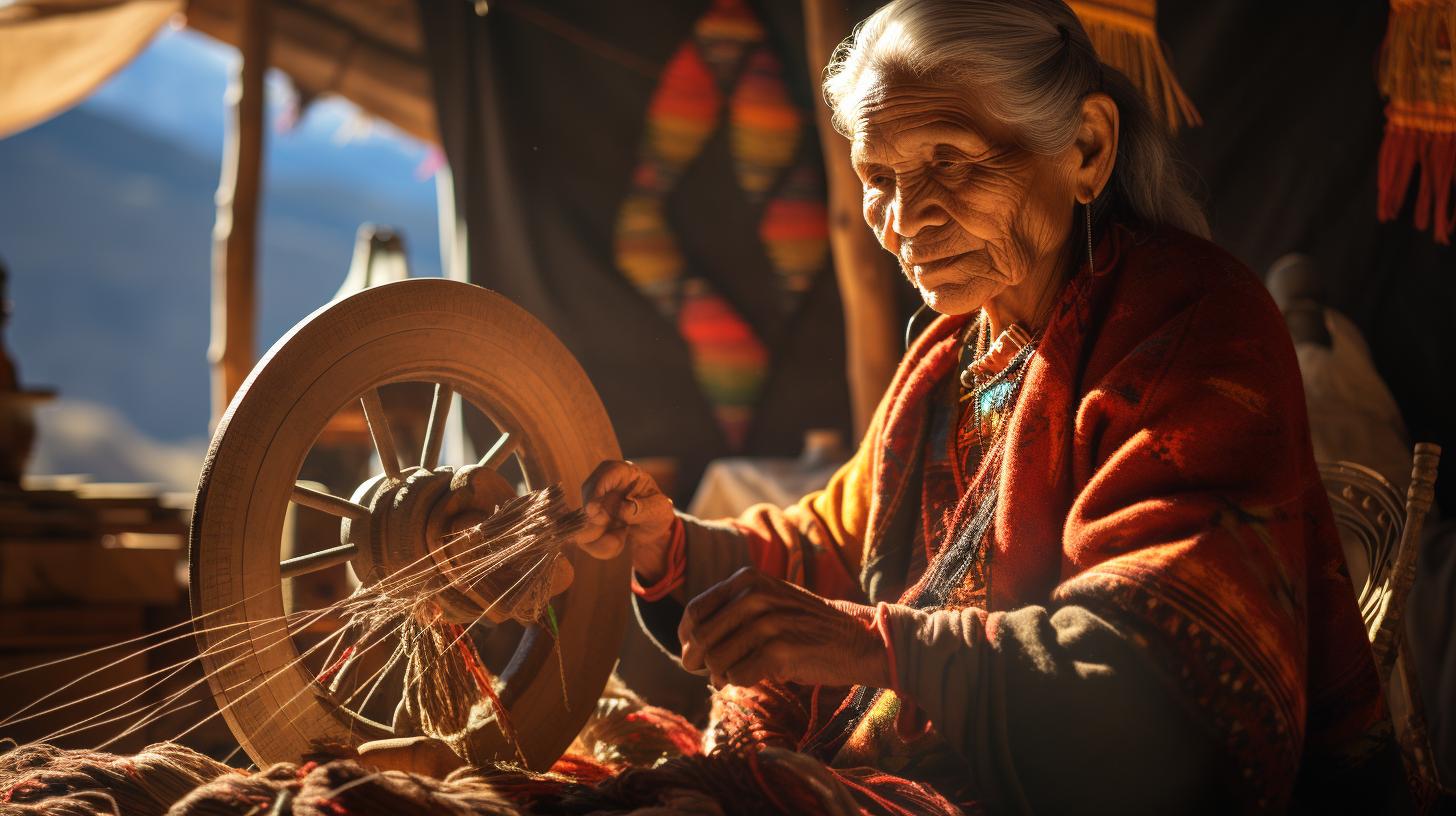Pariacaca: Exploring the Incan God of Rain and Storms in the Heart of the Andes
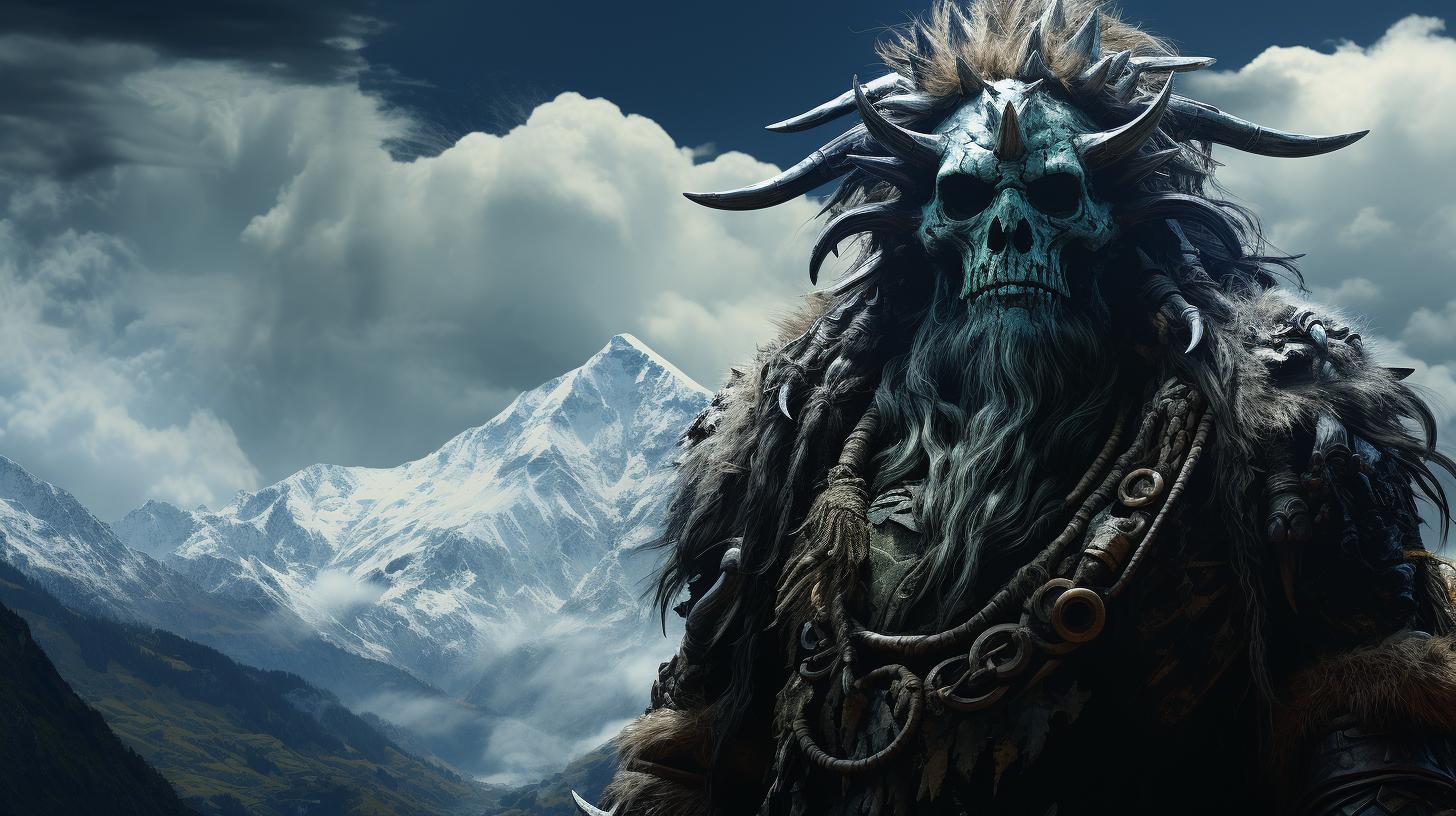
Pariacaca, the Incan god of rain and storms, holds a significant place in Incan mythology. This powerful deity, once a falcon before transforming into a human, is known as a “Hero God” and is believed to have been born from five eggs atop a mountain peak.
Pariacaca, often regarded as a “five-in-one” god, is in constant conflict with Huallallo, the god of fire. Join us as we delve into the myths and rituals surrounding Pariacaca, offering insights into the rich cultural heritage of the Incas and the breathtaking landscapes of the Andean region.
Pariacaca: The Incan God of Rain and Storms
Pariacaca, a prominent deity in Incan mythology, holds a significant place as the god of rain and storms. Considered a powerful force of nature, Pariacaca’s influence extends beyond mere meteorological phenomena.
The Incan culture revered Pariacaca for their ability to bring life-sustaining rain to the crops and ensure fertility in the land. As the god of storms, Pariacaca held the power to both nourish and destroy, making offerings and rituals to appease this mighty deity of utmost importance.
Depicted in various forms, Pariacaca often appears as a falcon or as a human with fearsome talons ready to strike. Legends tell of the god’s destructive encounter with Huallallo, the god of fire, in which an entire village was ravaged, except for one young girl who showed kindness and humility by offering a drink to Pariacaca.
Worshippers honored Pariacaca by presenting offerings of maize, chicha (a traditional corn-based beverage), coca leaves, and even the fetuses of llamas, seeking blessings on their crops and livestock.
Embarking on a trek to Pariacaca’s sacred realm in the central Andes rewards explorers with breathtaking views of mountains, lakes, and ancient ruins.
The spiritual significance of this region cannot be understated.
Join us in uncovering the mythology and spiritual might of Pariacaca, as we delve into the depths of Incan culture and its deep reverence for this powerful god of rain and storms.
The Mythical Origins of Pariacaca
The origins of Pariacaca, the Incan god of rain and storms, are steeped in mythology and ancient folklore. According to the ‘Manuscrito de Huarochirí’, Pariacaca emerged into existence through a fascinating tale of five eggs atop a majestic mountain peak.
Born from these eggs, Pariacaca initially took the form of a hawk, soaring through the skies. However, he later transformed into a human-like deity.
As a ‘Héroé Dios’ or Hero God, Pariacaca holds significant importance in Incan and pre-Incan cultures.
Legend has it that Pariacaca engaged in fierce conflicts with Huallallo, the god of fire. These clashes epitomize the eternal struggle between the forces of water and fire.
While attempting to vanquish Huallallo, Pariacaca wreaked havoc and destruction upon a village.
In a twist of fate, only a young girl, who offered a humble drink to Pariacaca, was spared from the devastation. This tale carries a clear moral lesson, showcasing the power of kindness and hospitality even in the face of conflict.
The mythical origins of Pariacaca weave together nature, transformation, and the complexities of divine battles, painting a vivid picture of an influential deity within Incan belief systems.
Pariacaca and Huallallo: A Clash of Gods
Within Incan mythology, Pariacaca, the god of rain and storms, finds himself locked in an eternal conflict with Huallallo, the god of fire.
This clash of gods represents a symbolic battle between opposing natural forces.
Pariacaca, originally a falcon who later obtained human form, embodies the power of water and fertility, providing life-giving rain to the land.
In contrast, Huallallo, the fiery deity, represents the destructive force of fire and its potential to bring chaos and destruction.
The ongoing conflict between Pariacaca and Huallallo showcases the delicate balance needed to maintain harmony in the natural world.
The struggle between these two deities highlights the complex relationship between water and fire, crucial elements in Incan agricultural practices and the wellbeing of their civilization.
Legends and rituals surrounding these opposing gods reflect the Incan people’s reverence for the cosmic order and their efforts to appease and venerate these powerful forces.
Offerings, such as maize, coca leaves, and llama fetuses, are made to Pariacaca in an attempt to gain his favor and ensure fertility for the land and livestock.
By exploring the tales and symbolism surrounding the clash of Pariacaca and Huallallo, we gain a deeper understanding of the intricate belief system and worldview of the Incan civilization.
Exploring the Spiritual Landscape: A Trek to Pariacaca
Embark on a breathtaking journey as you trek through the spiritual landscape surrounding Pariacaca, the Incan god of rain and storms. Situated in the heart of the Andes, this sacred destination offers a profound connection to Incan mythology and culture.
As you venture through the awe-inspiring cordillera central, reaching altitudes of 4,000 meters and beyond, immerse yourself in the enchanting beauty of the region. Marvel at the majestic mountains, crystal-clear lakes, and ancient ruins dotting the landscape.
Take a moment to appreciate the significance of these natural elements in Incan spirituality.
Follow the well-marked trails, guided by ancient stone piles known as apachetas, as you ascend towards the summit of Cerro San Cristóbal.
From this vantage point, feast your eyes upon the breathtaking vistas of the Pariacaca and Yauyos mountain ranges. Observe the tranquility of the surrounding nature, allowing it to envelop you in a sacred aura.
- Discover the symbolic stone staircase that winds its way 2 kilometers to the pinnacle of Cerro San Cristóbal. From there, be rewarded with unparalleled panoramic views.
- Follow the apacheta-marked path leading to Jauja, a route that ultimately connects to the historic city of Cusco.
Uncover the deep spiritual connection between the Incas and their sacred landscape as you trek towards Pariacaca.
Experience the mystical energy that permeates the air, and gain insight into the profound teachings and rituals associated with this revered deity.
.











